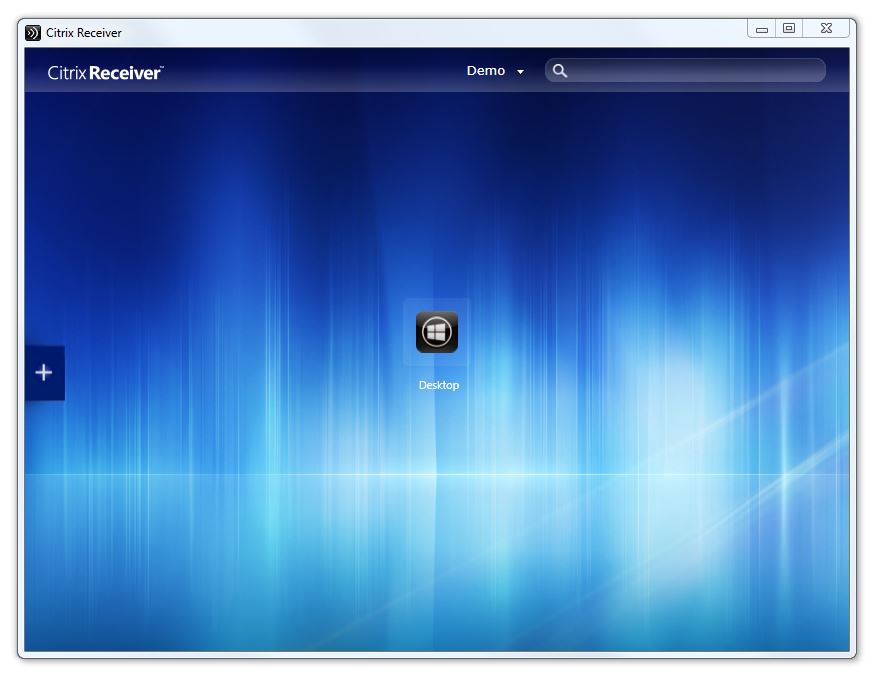


Kenko sells a set that's similar quality and includes 12mm, 20mm and 36mm ($130).

Canon sells individual tubes only: 12mm ($85) and 25mm ($145). You could just get a set of macro extension tubes and use those with lenses you already have, to get pretty high magnification shots. It depends upon how "cheap" you want to get.
Citrix receiver for windows 10 download full#
I like my EF 28/1.8 and EF 20/2.8 better on crop than on full frame (though they aren't bad on both, especially if stopped down a little. With some other lenses, it's more obvious. Very little drop off in resolutions even at the extremes. those are sharp corner to corner, "flat field" lneses designed to be very sharp across the whole image area even at close focusing distances. However, with the EF 100mm Macro lenses in particular. But it might be that some of the softer corners are "trimmed off" and the smaller sensor camera uses the "best part" of the lens. There is no improvement of lens sharpness using a full frame (EF) lens on a crop sensor camera. On the other hand, full frame EF lenses are not. You have to remember EF-S lenses are designed to concentrate and center all the light on to the sensor. This same situation holds true comparing the alslo fantastic EF 70-200mm f2.8. So in this case and many, many others the FF was less sharp than its similar EF-S lens. For instance the fantastic EF 24-70mm f2.8 can deliver 14 Pmp on a 5D Mk III camera. You would need to compare the preceptual MP put on the sensor by each lens to determine this. This debate on whether FF lenses are sharper on crop bodies has gone on as long as there have been crop bodies.

Since the edges are always the worst part of the image (less sharp, more dark vignetting) you are gettin the sweet center spot of every shot you take."Īnd of course this is false. "He bigger image circle of the full frame lens splashes over the outside of the smaller crop sensor, so that crops the edges off of the image. This 100mm lens could also do portraits well, though being equal in field of view to a 160mm lens you will need to stand back an extra few steps. Since the edges are always the worst part of the image (less sharp, more dark vignetting) you are gettin the sweet center spot of every shot you take. He bigger image circle of the full frame lens splashes over the outside of the smaller crop sensor, so that crops the edges off of the image. The minimum focus distance of 7.8 inches for the 60mm and a bit over 1 foot for the 100mm are measured from the camera's sensor, not from the end of the lens, so to get absolute full max enlargement on the 60mm, the end of the lens will only be about 4 inches from the subject, while it will be 8 or 9 inches away with the 100mm.Īlso, you get a nice little "cheat" in image quality whenever you put a full frame EF lens on an EF-s crop body. It is nice not to have the end of the lens just a few inches from the subject, especially if the subject is a live bug that could get spooked by the invasion of his space. It has the added bonus of being a good focal length for portraits (on a rebel) so you can get 2 uses from the lens, as its field of view is equivalent to 96 mm, which is perfect for portraits.įor just a little more, you can get the Canon EF 100mm f/2.8 Macro for $550.00. The 100mm lens will give you more working distance between you and the subject. The EF-s 60mm is a good bargain selection for about $420.00.


 0 kommentar(er)
0 kommentar(er)
